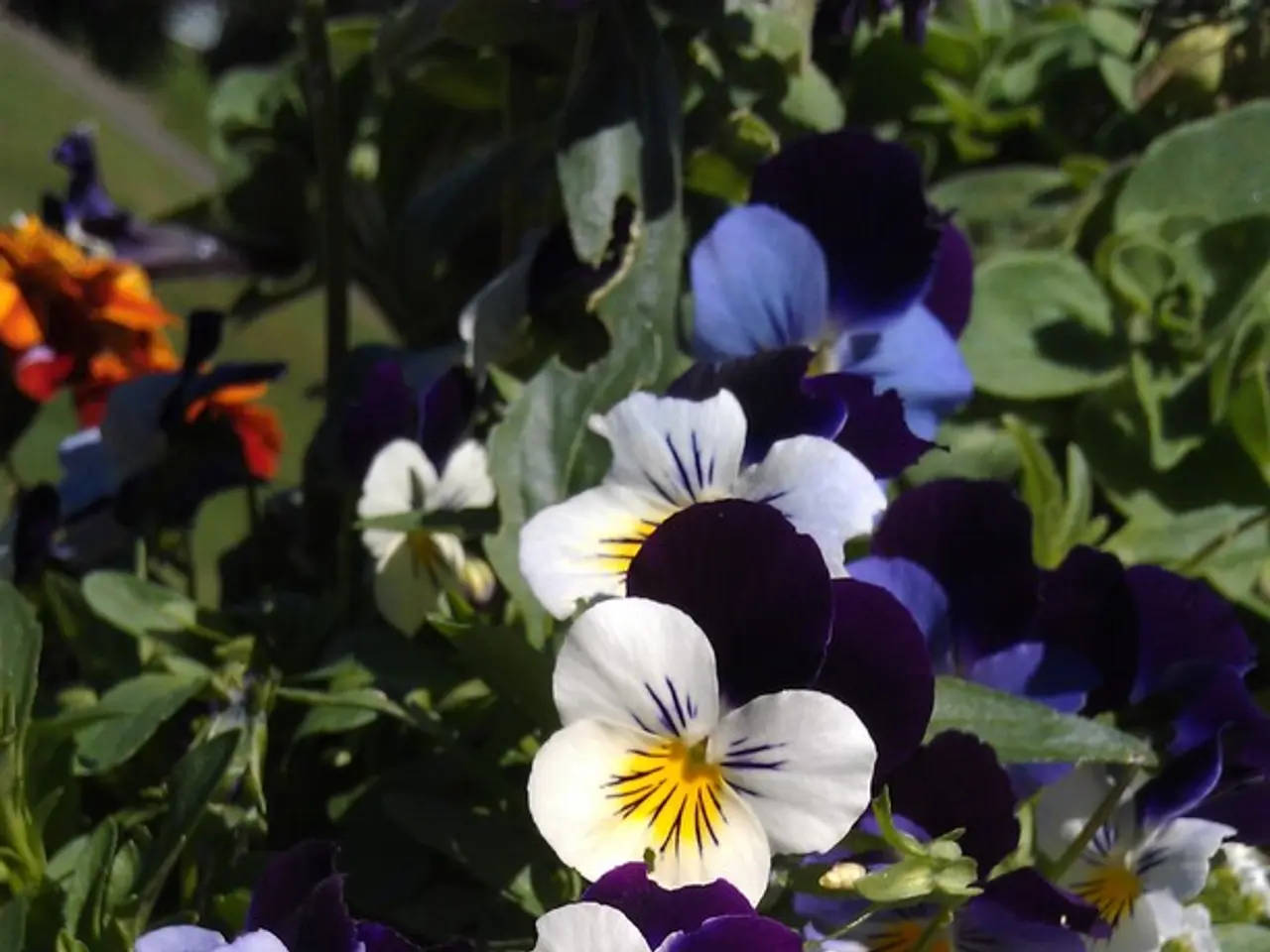Thriving Plants for Unfavorable Ground: Discover the Delight of Gardening with these 8 Resilient Species!
Top Plants for Poor Soil: A Guide to Resilient, Easy-to-Grow Options
In the quest for a lush and vibrant garden, it's not always necessary to have rich, loamy soil. Many plants thrive in nutrient-poor, dry, or challenging soil conditions, requiring minimal care. Here are eight resilient, easy-to-grow, and adaptable plants that are perfect for poor soil.
- Alder (Alnus glutinosa): This native tree grows well in moist, poor soil and provides shelter and food for wildlife, making it an excellent choice for hedging.
- Euphorbia: A hardy perennial that thrives in dry, nutrient-poor soil, Euphorbia adds structure and color throughout the year. Be sure to wear gloves when handling this plant due to its sap.
- Moss Rose (Portulaca grandiflora): This succulent thrives in dry, well-drained soils, making it ideal for rock gardens. Moss Rose produces vibrant flowers, adding a splash of color to any garden.
- Russian Sage (Salvia yangii): A drought-tolerant perennial shrub, Russian Sage handles poor, sandy, rocky, or clay soils as long as drainage is good. This plant is tolerant of heat and moderate cold.
- Yarrow: This resilient perennial has feathery foliage and clusters of small flowers. Yarrow can grow in poor soils without fertilizer, making it a low-maintenance addition to any garden.
- Lamb’s Ear (Stachys byzantina): Known for its soft, silvery foliage, Lamb’s Ear tolerates drought and poor soil well. This plant grows best in full sun and slightly dry soils.
- Rosemary (Rosmarinus officinalis 'Prostratus Group'): This heat-resistant ground cover thrives in full sun and most soils except waterlogged. Rosemary is drought-tolerant and evergreen, making it an excellent choice for sunny areas.
- Pussytoes (Antennaria spp.): A drought- and cold-tolerant ground cover, Pussytoes grows well in well-drained, poor soils. This plant's fuzzy foliage adds a unique texture to any garden.
For those with poor soil, it's important to identify the type of soil and choose plants that are suitable for that specific soil medium. A soil test can help determine the type of soil.
In addition to these eight plants, there are several other options that are well-suited for poor soil. Viburnum, for instance, thrives in a variety of soil types and offers clusters of blooms in full sun to partial shade. The English variety of lavender can grow in tough spots and still produce blooms all summer. Coneflower, native to North American prairies, tolerates drought, humidity, and poor soils such as compacted clay.
Black-eyed Susan, a hardy plant that can be grown in USDA zones 3-10, is unfazed by poor soils like heavy clay or sand and prized for its reliably blooming sunny orange heads accented with black centers. Arborvitae, a fast-growing evergreen shrub/tree, can create a privacy screen and grows rapidly, caring little about the quality of its soil.
Heuchera, or coral bells, has a shallow root system and prefers shaded environments, making it suitable for tree-filled areas. Coneflower, a popular choice for its array of hues, is attractive to beneficial pollinators.
Butterfly weed, a North American native and a type of milkweed, can be grown in USDA zones 3-9 in soil ranging from clay to sand. This plant blooms with a profusion of orange flowers in the spring, maturing to a height of about 1-2 feet tall (30-61 cm) and wide.
In conclusion, a beautiful garden is within reach for those with poor soil. By choosing the right plants and understanding their specific soil requirements, you can create a lush, vibrant, and low-maintenance garden that will thrive for years to come.
- To enhance a home-and-garden lifestyle, consider incorporating plants that excel in poor soil conditions, such as Moss Rose (Portulaca grandiflora), a vibrant succulent ideal for rock gardens.
- For a lively home-and-garden aesthetic, one might opt for Black-eyed Susan, a hardy plant that can flourish in USDA zones 3-10, even in challenging soil types like heavy clay or sand.




